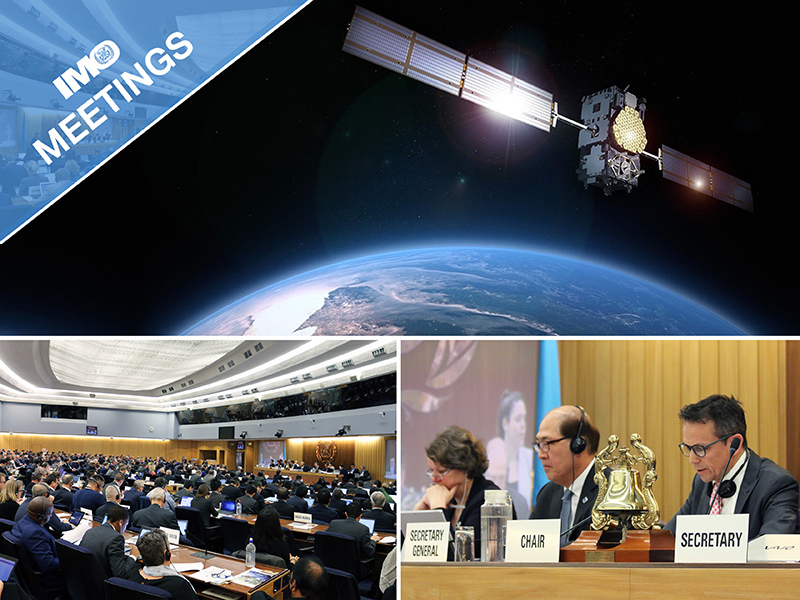Seafarers depend on a robust distress and safety system when life is in danger at sea. This week’s meeting of the Sub-Committee on Navigation, Communications and Search and Rescue (19-23 February) will be focusing on core areas of IMO’s work relating to safety at sea.
The meeting will review progress in its ongoing work to modernize the Global Maritime Distress and Safety system (GMDSS). The GMDSS was adopted in 1988 to ensure full integration of maritime radio and satellite communications so that distress alerts can be generated from anywhere on the world’s oceans. The modernization plan aims to update the provisions, including allowing for the incorporation of new satellite communication services.
The meeting will consider updates to the International Aeronautical and Maritime Search and Rescue (IAMSAR) Manual, which contains detailed guidance for a common aviation and maritime approach to organizing and providing search and rescue services. Draft amendments prepared by the October 2017 meeting of the meeting of the International Civil Aviation Organization (ICAO)/IMO Joint Working Group on the Harmonization of Aeronautical and Maritime Search and Rescue include a new section related to search and rescue operations in areas remote from search and rescue facilities; and updates to the section on mass rescue operations.
E-navigation matters are also on the agenda, focusing on harmonization and standardization which is key for the effective implementation of the e-navigation strategy, which aims to harness the benefits of integrated high-tech navigation solutions. Draft Guidelines on standardized modes of operation (S-mode) will be considered.
Amongst other regular agenda items, the Sub-Committee will review proposed new or amended ships' routeing measures and consider matters relating to the functioning and operation of the Long-Range Identification and Tracking (LRIT).
IMO Secretary-General Kitack Lim opened the session, which is being chaired by Mr. Ringo Lakeman (Netherlands). (Click for photos).
